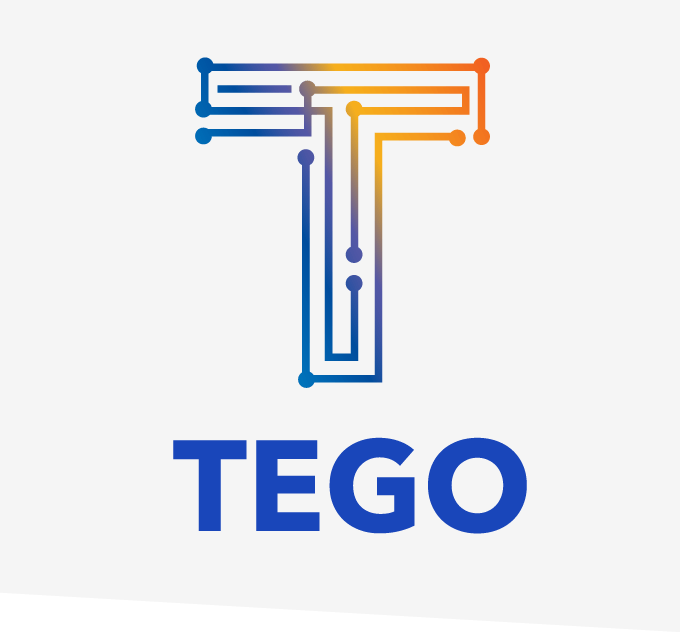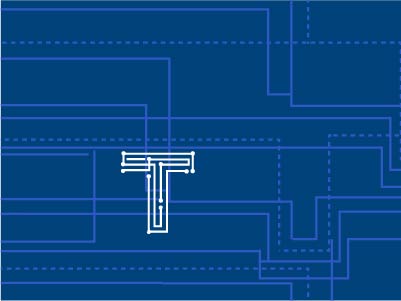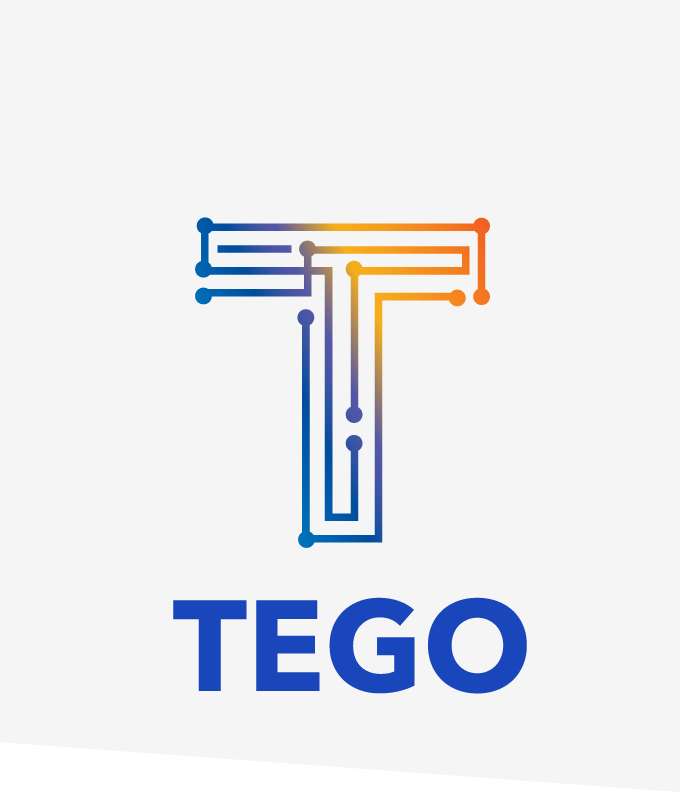“Like anemones on the sea floor, [devices] have to sustain themselves on what streams by.”
In another example of how Tego is redefining RFID in an IoT world, CTO Bob Hamlin spoke with IoT Agenda about the role of harvesting ambient RF energy to spur innovation in IoT and IIoT.
From IoT Agenda:
“All FM stations transmit power from antennae at 50 to 100 kilowatts,” he noted. “By the time it gets to your FM radio, it’s only a few milliwatts. These days those few milliwatts are enough to do all kinds of interesting things with electronic circuits.”
The RFID devices Tego makes take the carrier signal of the RFID reader and rectify it into a DC voltage. Tego uses that power — as little as 4 milliwatts — to power the processor that is the heart of its RFID chip. Tego’s combination RFID chip and antenna add writeable, readable, encryptable data to any kind of asset — moving intelligence to the very edge of the IoT edge.
Originally, those chips could operate only five or 10 feet from the reader. “These days, traditional passive RFID — just identification tags — can work 50 to 100 feet away. These things operate in the microwatts of power,” Hamlin said. But Tego’s goal isn’t stretching the distance between RFID scanner and, say, retail RFID tag, which might just hold 96 bits to identify the make and price of a bathing suit. Instead, it’s adding storage and processing workload to the chip. Obviously, it’s not doing this to tag bathing suits, but to track and document parts and devices in aerospace, oil and gas exploration, life sciences, and similarly weighty applications.
Tego’s roots and wireless protocols are in RFID, but it’s also looking at Wi-Fi and other radio transmissions as power sources. “When most people hear IoT, they think of their phone and their laptop,” Hamlin said. “We think of that as the first ring on the outside of the network. But further out, there are other rings where devices are no longer plugged into the wall, no longer running Windows or iOS. They’re smaller, don’t have full-blown OSes, have more dedicated processing and, by their nature, consume much less power.” In addition, they may be so remote from power sources that they have to operate “autonomously.” Like anemones on the sea floor, they have to sustain themselves on what streams by.
A version of Tego’s tags has a serial interface on its chip, suitable for connection to sensors or microprocessors. One client is working on a new highway; installing these tags every 300 feet into pavement being laid across a bridge so they can monitor temperature as the pavement cures, as a step toward improving durability.
To learn about Tego’s RFID chip and platform solution, visit this page.
And if you want to see Tego in action, contact us here.




